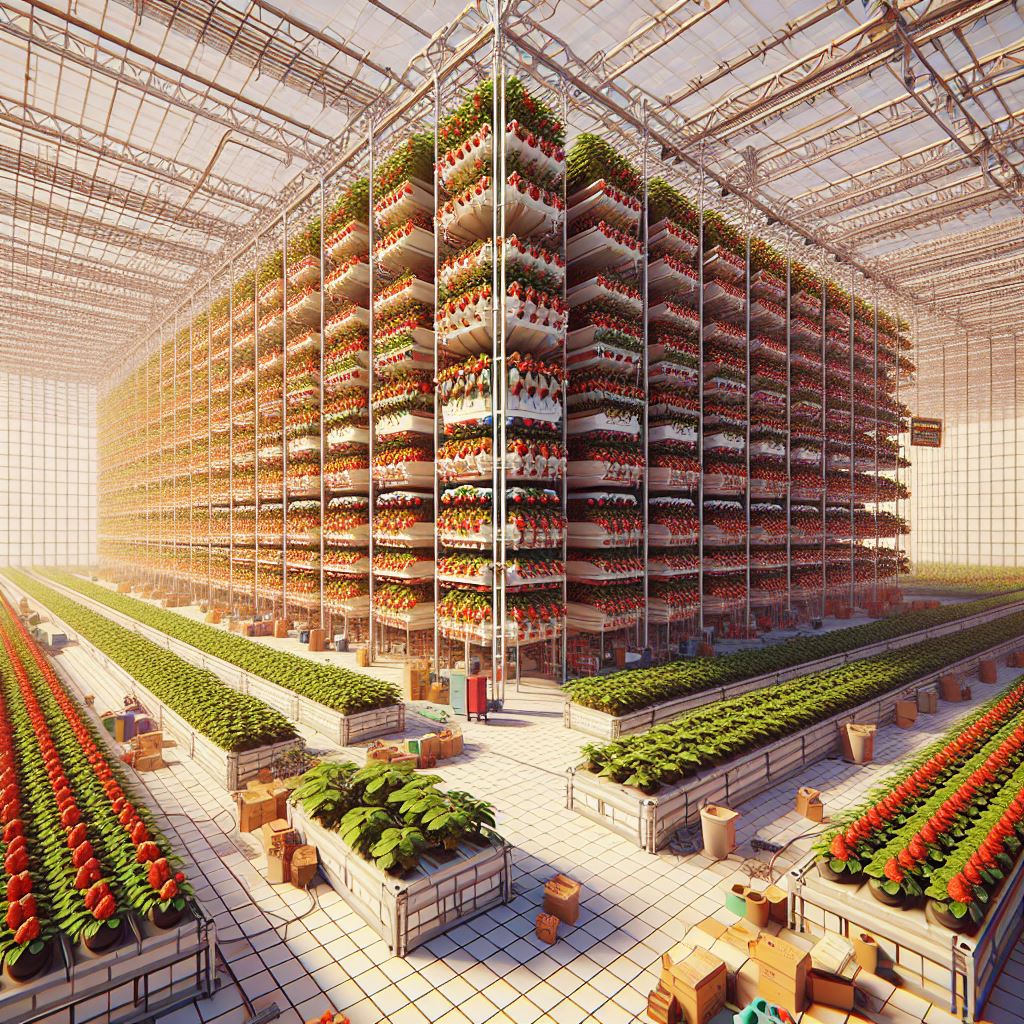
The escalating global demand for fresh, high-quality produce necessitates innovative and sustainable practices within the realm of horticulture. Among these, LED lighting technology stands out as a transformative force, offering efficient, customizable, and environmentally friendly solutions. This discourse delves into the captivating advancements in LED grow lights, elucidating their profound impact on sustainable horticulture.
Energy Efficiency: A Paradigm Shift
Traditional horticultural lighting, typified by high-pressure sodium (HPS) lamps, suffers from pronounced energy inefficiencies, resulting in heightened greenhouse gas emissions and operational costs. Conversely, LED grow lights herald a new era of energy efficiency, boasting conversion rates of up to 90% of input power into light. Empirical evidence demonstrates that LEDs can curtail energy consumption by half compared to HPS lamps, yielding substantial cost savings and mitigating environmental footprint. This remarkable energy efficiency renders LED grow lights well-suited for both expansive commercial greenhouses and compact urban vertical farms alike.
Precise Light Spectrum: Customization for Optimal Growth
In stark contrast to the broad-spectrum emissions of HPS lamps, LEDs afford growers unparalleled control over the light spectrum delivered to plants. Leveraging specific wavelengths, horticulturists can tailor the lighting environment to fine-tune plant growth and development across diverse stages and species. This tailored “light recipe” approach engenders augmented yields, heightened plant quality, and the potential for manipulating specific plant attributes, such as bolstering nutritional content or fortifying resistance to pathogens.
Minimized Heat Generation: Cultivating Cooler Conditions
HPS lamps emit substantial heat necessitating supplementary cooling mechanisms within greenhouses, consequently amplifying energy consumption. Conversely, LEDs emit nominal heat, obviating the need for dedicated cooling infrastructure and fostering a more controlled cultivation milieu. This translates into diminished water utilization for thermal regulation, thereby curtailing overall resource consumption and promoting sustainability.
Beyond Efficiency: A Multifaceted Value Proposition
The benefits conferred by LED grow lights transcend mere energy savings. Their protracted lifespans, often surpassing 50,000 hours, mitigate maintenance expenditures and waste vis-à-vis frequently replaced HPS lamps. Furthermore, their robustness and compact form factor render them ideally suited for an array of cultivation systems, including vertical farms and indoor gardens.
Looking Forward: Envisioning the Future of Horticulture
As LED technology continues its trajectory of advancement, anticipations abound for further innovations in grow lights. Ongoing research endeavors encompass dynamic light spectrum modulation, seamless integration with smart farming ecosystems, and further reductions in energy consumption. These innovations portend to push the boundaries of sustainable horticulture, ensuring a luminous future for both growers and the environment.
